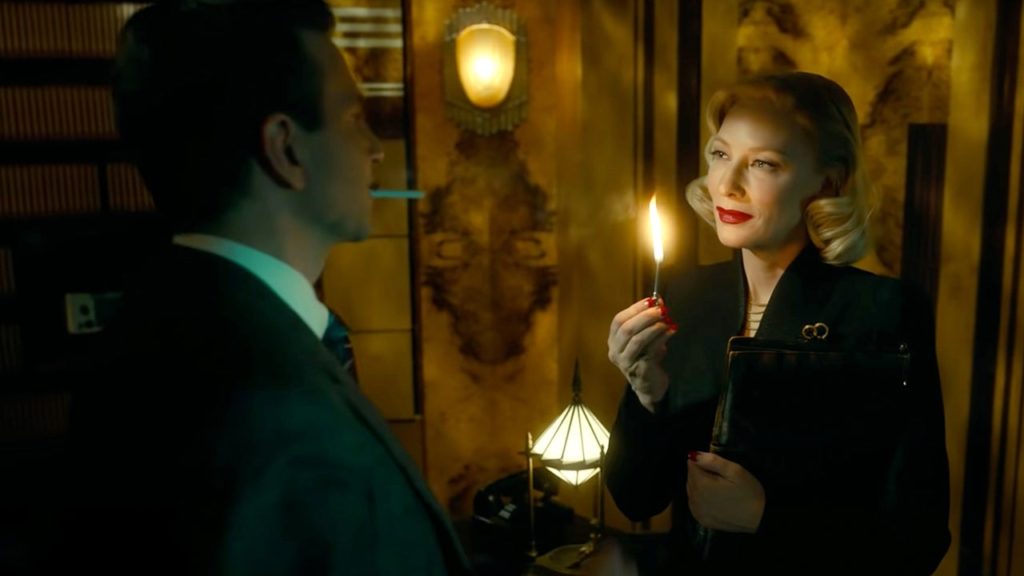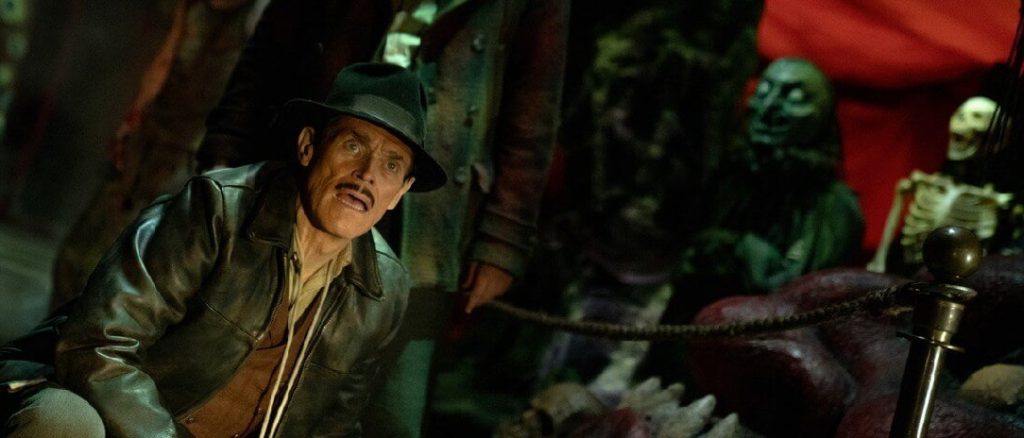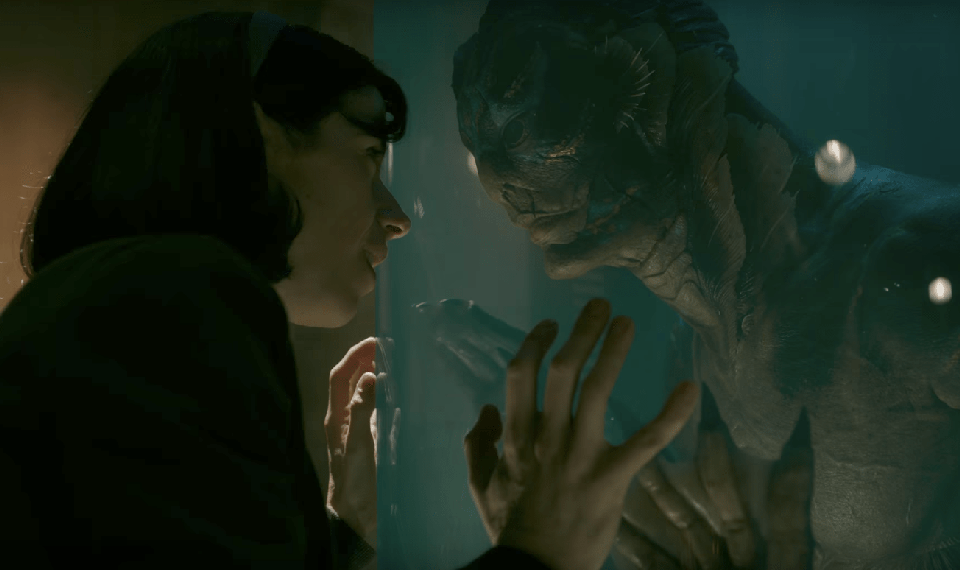
Nightmare Alley is Guillermo del Toro’s absorbing remake of the 1947 film noir classic, a cautionary fable of overreaching. Del Toro has deepened the minor characters, creating a showcase for many of our finest film actors.
It’s just before WW II and a drifter named Stan Carlisle (Bradley Cooper) is desperate enough to take a menial job in a transient carnival. In the first scene, we learn that Stan is lethally dangerous; he also has movie star good looks, a gift of charm and enough burning ambition for a thousand carnies.
Stan befriends (and beds) the world-weary Zeena (Toni Collette), who stars in a mind-reading act. Zeena is married to Pete (David Straithairn), a master of clairvoyance acts, whose alcoholism has dropped him from vaudeville stardom to this gutter-level carnival. Stan ingratiates himself with Pete and steals Pete’s notebook of secret codes. Armed with Pete’s secret system, Stan seduces the good-hearted and pretty, young Molly (Rooney Mara), and the two head off to launch a new nightclub act in the Big Time.
Stan and Molly achieve great success and encounter Lilith, who has her own phony psychologist racket. Stan sees an opportunity for even greater riches by fleecing the rich – pretending to communicate with their dead loved ones. Pete had warned Stan against “the spook business”, and Molly has moral objections. But Stan sees Lilith as an equally ruthless and amoral partner, and he proceeds with his scheme. Will he succeed? (Hint – this is a film noir.)
Bradley is very good as Stan, a guy who will do anything to win, and who is intolerable when he gets to the top. Blanchett is superb as the sleek and cynical Lilith. Willem Dafoe is perfect as Clem, the carnival boss; Clem’s pay-by-play description of geek recruitment is one of the best scenes this year.
Del Toro wrote the screenplay with his wife Kim Morgan who is also (YAY!) a longstanding movie blogger (Sunset Gun). The source material for both movies was the William Lindsay Gresham novel. Gresham had a buddy in the – Spanish Civil War who was a carnie abd fascinated Gresham with his tales of the carnie life.
The 1947 original runs one hour and fifty minutes. With my strong bias against overlong films, I was initially skeptical of the 2021 version’s two hours, thirty minutes running time. But del Toro and Morgan invest the extra forty minutes into enriching the minor roles played by Straithairn and Dafoe, and other fine character actors: Ron Perlman, Mary Steenbergen, Richard Jenkins, Tim Blake Nelson, Jim Beaver and Holt McCallany (Mindhunters).

I recently rewatched the original 1947 Nightmare Alley, and it still stands up. I’m not usually a fan of Tyrone Power, but I’ll admit that he’s perfect as Stan, and his work at the end, when Stan is on the skids, is heartbreaking. Joan Blondell is excellent as Zeena, and Colleen Gray is compellingly adorable as Molly. Helen Walker’s turn as Lilith is brilliant, and it’s a shame that an auto accident scandal derailed her career. Ian Keith, a stage actor with very few memorable screen appearances, delivered a touching performance as Pete (in far less screen time than Straithairn gets).
Tamara Deverell should win the 2022 Academy Award for production design; she deserves it for Lilith’s art deco office suite alone, never mind for creating the extraordinary world of the carnivals.
Nightmare Alley is the first film i”ve seen with geek credits: Paul Anderson as Geek #1 and Jesse Buck as Geek #2. I also stayed to the end to see no animals were harmed – bad things happen to chickens, so the CGI effects in Nightmare Alley are pretty cluckin’ effective.
The final line is one of the all-time best. Nightmare Alley is one of the Best Movies of 2021, and is currently in theaters.

